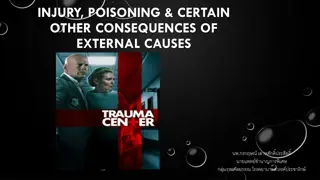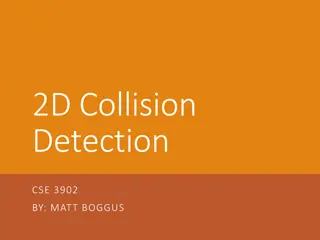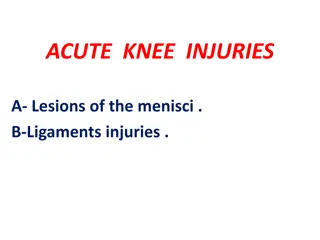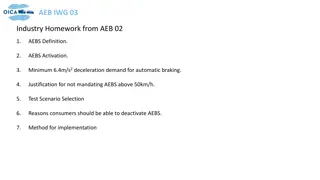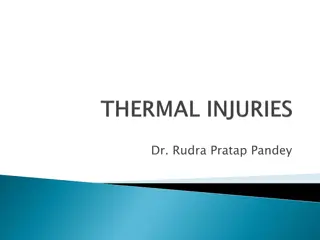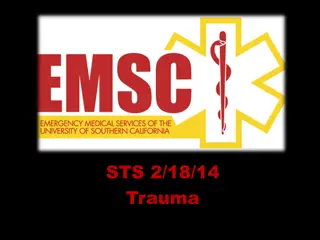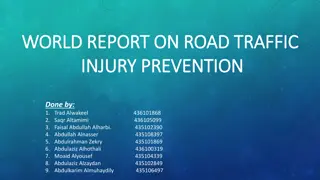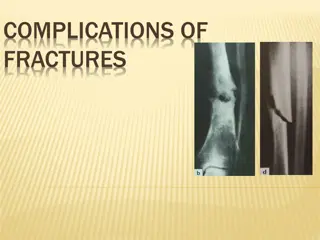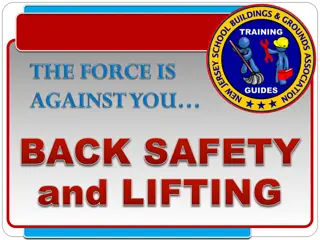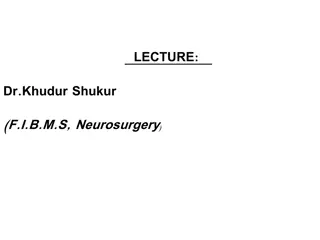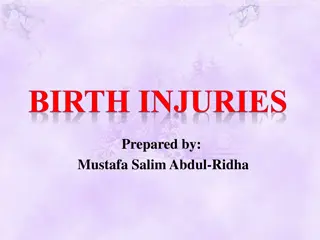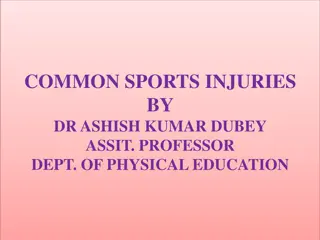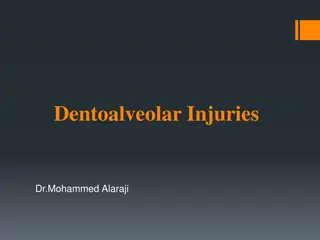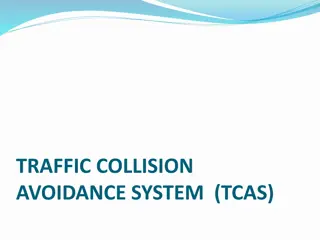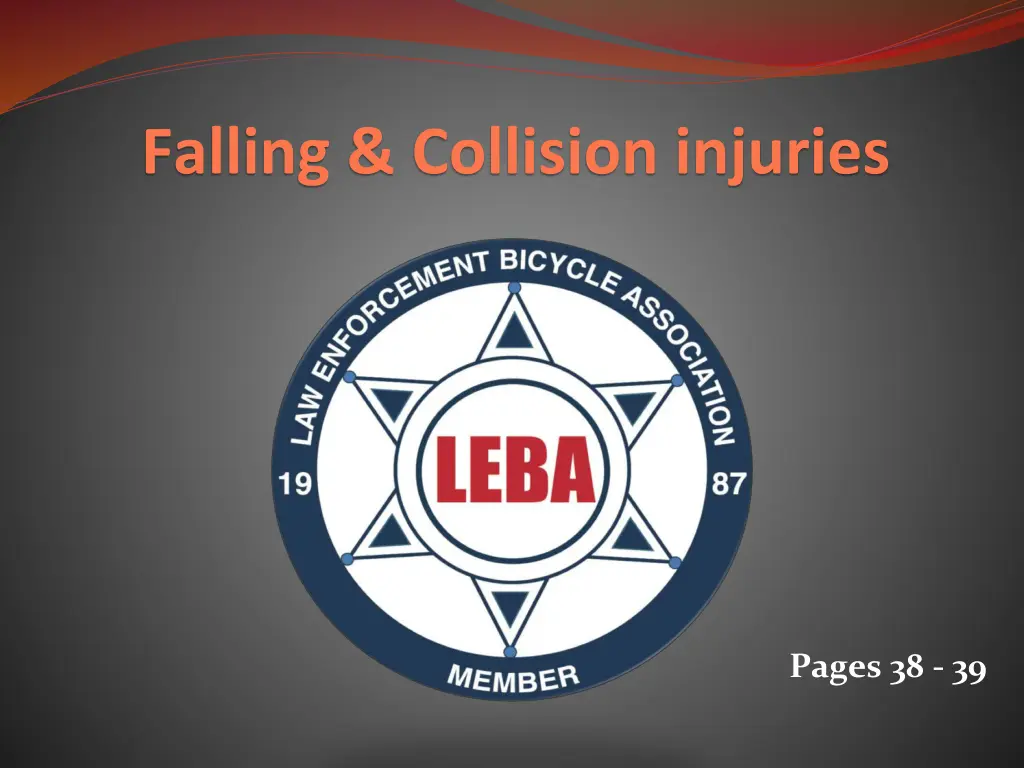
Essential First Aid Tips for Cycling Injuries
Learn key first aid techniques for common cycling injuries such as road rash, eye injuries, fractures, and sprains. Understand the importance of immediate treatment and when to seek medical attention. Proper wound care, injury assessment, and preventative measures are essential for cyclists to stay safe on the road.
Download Presentation

Please find below an Image/Link to download the presentation.
The content on the website is provided AS IS for your information and personal use only. It may not be sold, licensed, or shared on other websites without obtaining consent from the author. If you encounter any issues during the download, it is possible that the publisher has removed the file from their server.
You are allowed to download the files provided on this website for personal or commercial use, subject to the condition that they are used lawfully. All files are the property of their respective owners.
The content on the website is provided AS IS for your information and personal use only. It may not be sold, licensed, or shared on other websites without obtaining consent from the author.
E N D
Presentation Transcript
Falling & Collision injuries Pages 38 - 39
PERFORMANCE OBJECTIVES 1. List treatments for road rash. 2. Identify what the number one post injury concern is for road rash. 3. Identify what the acronym RICE stands for 4. List signs of a head injury.
Basic First Aid Cycling and the instruction of police bicycle training is inherent to injuries along the way. Basic First Aid knowledge is essential to treating injuries and assessing those injury for possible need of advanced medical attention.
Basic First Aid Road Rash Caused by sliding across the ground removing the outer layers of skin.
Road Rash Treatment: Direct pressure to control the bleeding. Once the bleeding is controlled, you can observe gravel, dirt, etc. in the wound. Removed debris to prevent infection. Apply antiseptic spray, helps infection and pain.
Road Rash Treatment: Use sterile gauze to push the debris out of the wound. Irrigate wound with clean water or solution. Cover wound while at work. Clean and dress wound regularly. Check for signs of infection (#1 issue with road rash). Red streaks coming from wound. Seek medical attention. Severe road rash seek medical attention
Basic First Aid Eye Injuries Without eye protection you risk serious injury to your eyes. When contaminants enter the eye, flush them with plenty of water. Use your water bottle when no other means are available. Any trauma to the eye must be treated at once.
Basic First Aid Fractures Clavicle Frequently injured during cycling falls. Treatment should include immobilization and ice. Seek immediate medical treatment Arm Most commonly the wrist. Treatment should include splinting the area and ice. Seek immediate medical treatment.
Basic First Aid Sprains Sprains, contusions and fractures are common injuries of the wrist in cycling. Treatment should include splinting, ice and elevation. Seek immediate medical attention. An X-ray should be taken to determine if the wrist is fractured.
Basic First Aid Tears of the Achilles tendon Injures to he Achilles tendon occur in cycling, usually during an all out sprint after a suspect or very hard peddling in a hard gear combination. Usually painful and sometimes makes a loud snap. Treatment is ice, elevation and immediate medical treatment.
Basic First Aid Sprains of the foot Often occur when getting the foot caught in the toe clips when attempting to dismount. Treatment is RICE Rest, Ice, Compress, Elevate Seek medical treatment. Head Injuries Most common cause of death in athletics. A significant impact to the head should checked for signs of a concussion or immediate medical attention!
Head injuries Symptoms of a head injury may be present up to 48 hours after the injury. Symptoms include: Dizziness or loss of coordination Blurred or double vision Unequal pupil size Severe headache Ringing in the ears Nausea and/or vomiting Slurred speech, disorientation Convulsions or tremors Sleepiness or grogginess Clear fluid draining from ears or nose Numbness or paralysis Difficulty in being aroused.
PERFORMANCE OBJECTIVES 1. List treatments for road rash. 2. Identify what the number one post injury concern is for road rash. 3. Identify what the acronym RICE stands for 4. List signs of a head injury.

